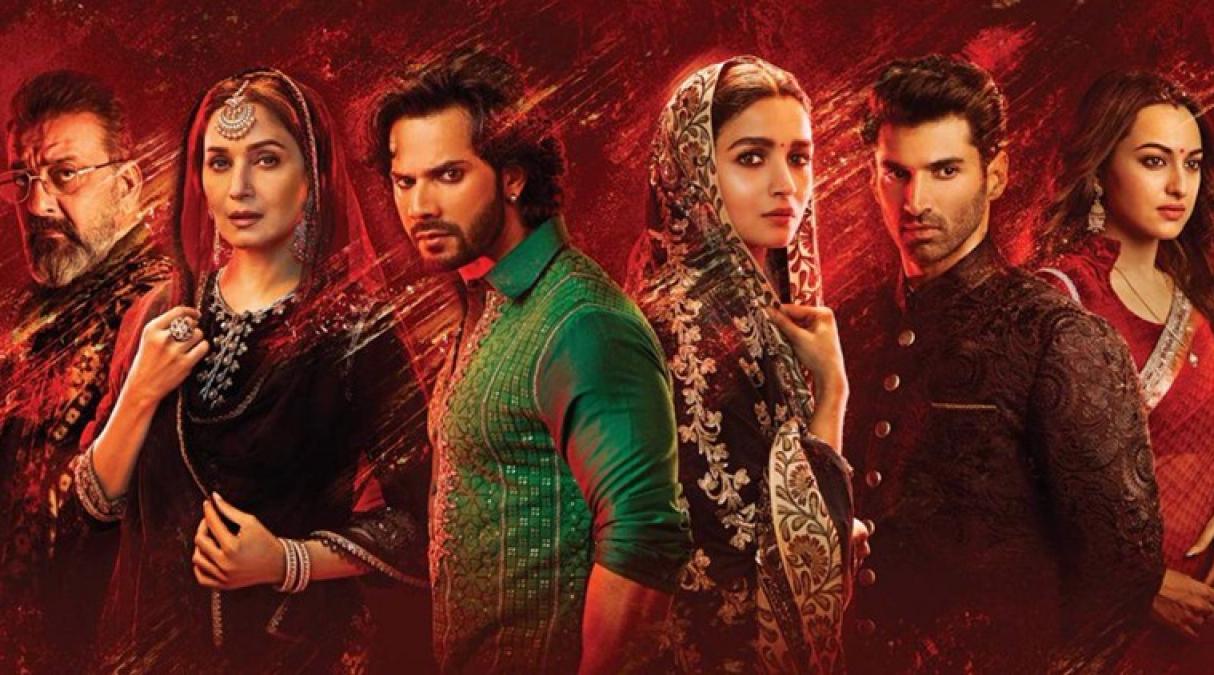
First things first, this is a gorgeous film. Ostensibly set in pre-Independent India, Kalank instead appears to have been staged inside a ‘Good Earth’ catalogue curated by Baz Luhrmann. Yash Chopra examined the Partition of 1947 both directly (Dharmaputra, 1961) and indirectly (Waqt, 1965). In his 1978 film Trishul, Chopra and screenwriters Salim-Javed turned their attention to a more intimate kind of division, one caused by perfidy and cowardice.
also read: Emraan Hashmi to work in Hindi remake of 'Ezra'
Kalank is set in the fictitional Lahore neighbourhood of Husnabad neighbourhood in the mid-1940s. As the name suggests, 'Kalank' is a story that questions the high morals of society, especially when it comes to love and family ties. At the heart of the story, the film focuses on how eternal love goes beyond the norms and rules of society, the trappings of religion, and all other physical and man-made boundaries. Kalank borrows some ideas from Trishul as well as Deepa Mehta’s Partition-themed Earth (1998).
The story is set in Husnabad, near Lahore in Pakistan, a few years before the India and Pakistan partition. Zafar seduces Roop, the second wife of Balraj’s son Dev (Aditya Roy Kapur), who has been brought into the family on the express wish of Dev’s terminally ill spouse Satya (Sonakshi Sinha). Roop, a reluctant Number 2, falls easily for Zafar (we can guarantee that his tendency to wander around bare-chested has nothing to do with it) while attempting to fit into her new home.
Almost three hours long, Kalank is inevitably a touch stretched at times. However, the actors, not the least Varun Dhawan in what is by far the meatiest role of his career, throw everything that they can muster into the mix, giving the plot both potency and pathos. Playing a young man scarred in spirit and body, Dhawan exudes zest as he ventures well beyond his comfort zone and consistently strikes the right notes. The end asks the audience a question, but it means little.
From verbose lines to obscene opulence, Kalank is too theatrical and stage-y to feel current, which is where the old-world setup works… until it doesn’t. More attention is paid to the chikan embroidery on the husband’s kurtas than to the climactic revolution, and the third act exposes the story’s hollowness while the film flits inconsequentially between timelines. Kalank often feels too much, and I only wish it made me do the same. It is a stunningly plated meal, but needed salt.
also read: World Dance Day: Dhak Dhak girls Madhuri Dixit and Dance teacher Saroj Khan Shares tips